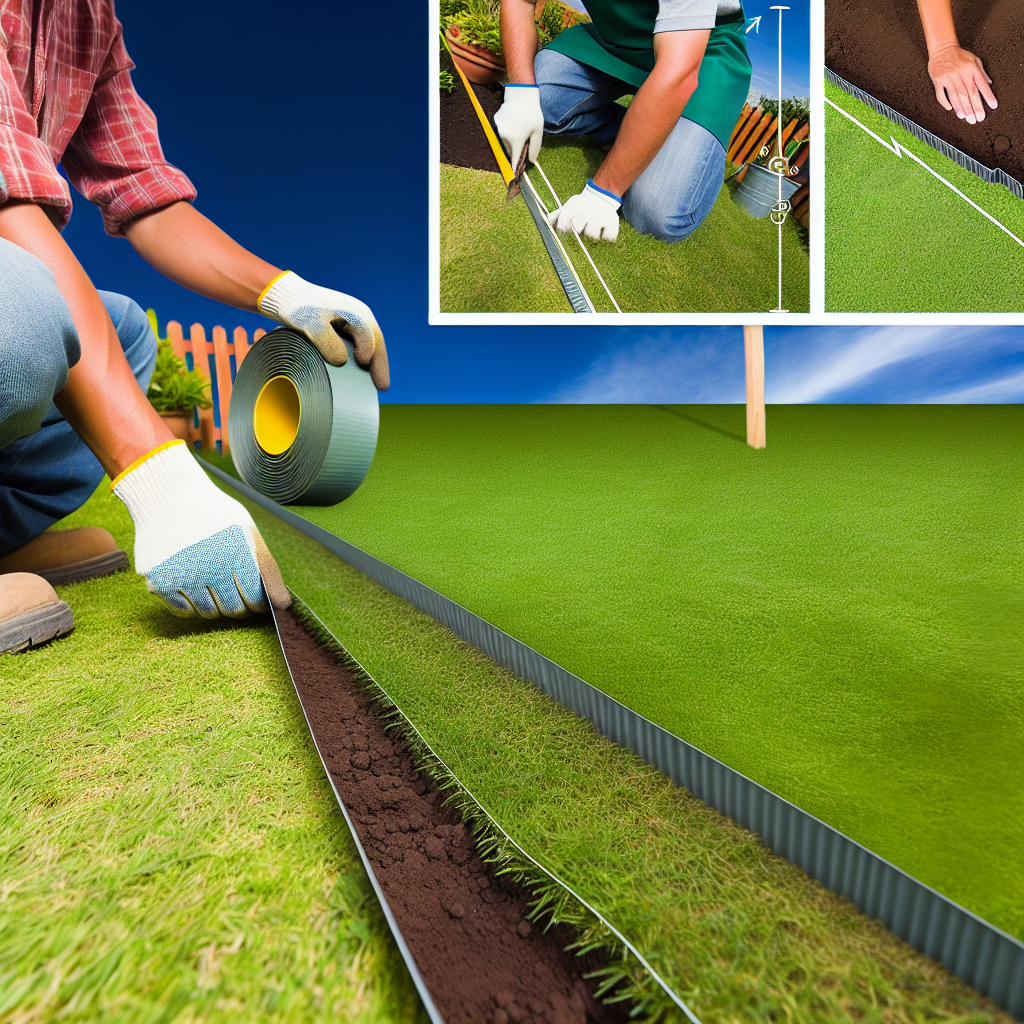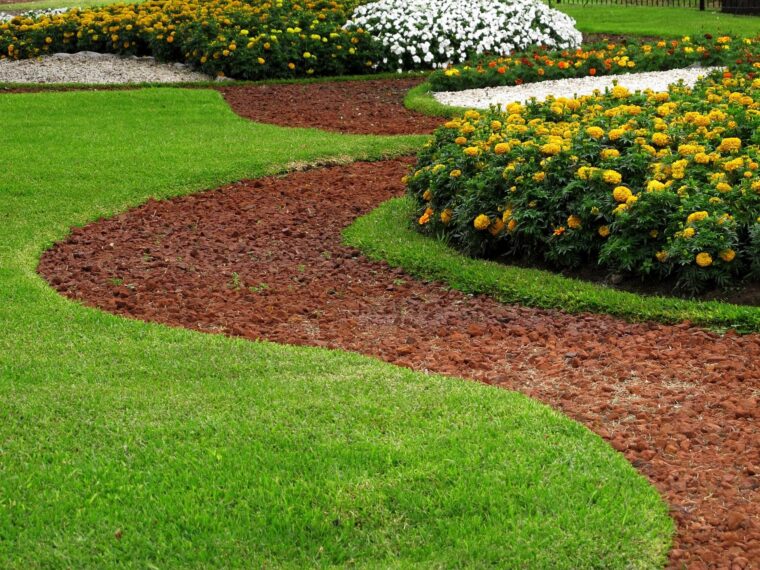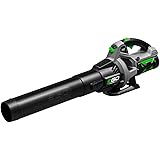A well-maintained lawn is the pride of any homeowner, and one of the simplest ways to enhance its appearance is by installing lawn edging. Lawn edging not only provides a clean and polished look but also helps in defining garden beds, preventing grass from encroaching into flower beds, and reducing maintenance time. This article will guide you through the process of installing DIY lawn edging, offering valuable insights and practical tips.
Why Install Lawn Edging?
Lawn edging serves multiple purposes, making it a worthwhile investment for any garden enthusiast. Here are some reasons why you should consider installing lawn edging:
– Aesthetic Appeal: Lawn edging creates a neat and tidy appearance, enhancing the overall look of your garden.
– Functional Benefits: It helps in keeping mulch and soil in place, preventing erosion and reducing the need for frequent maintenance.
– Weed Control: By creating a barrier, lawn edging can help in minimizing the spread of weeds into your garden beds.
– Increased Property Value: A well-defined garden can boost curb appeal and potentially increase property value.
Choosing the Right Material
Before you begin the installation process, it’s essential to choose the right material for your lawn edging. Here are some popular options:
– Plastic: Affordable and easy to install, plastic edging is a popular choice for DIY enthusiasts. It is flexible and can be shaped to fit any garden design.
– Metal: Durable and long-lasting, metal edging provides a sleek and modern look. It is ideal for straight lines and formal gardens.
– Stone or Brick: For a more natural and rustic appearance, stone or brick edging is an excellent choice. It requires more effort to install but offers a timeless appeal.
– Wood: Wooden edging is versatile and can be customized to fit any garden style. However, it may require regular maintenance to prevent rot.
Tools and Materials Needed
To install lawn edging, you will need the following tools and materials:
– Edging material of your choice
– Garden spade or shovel
– Mallet or hammer
– Measuring tape
– String or garden hose (for marking)
– Level
– Stakes (optional)
Step-by-Step Installation Guide
Step 1: Plan and Mark the Area
Start by planning the layout of your lawn edging. Use a measuring tape to determine the length of the area you want to edge. Mark the outline using string or a garden hose to ensure a straight line or desired shape.
Step 2: Prepare the Ground
Using a garden spade or shovel, dig a trench along the marked line. The depth and width of the trench will depend on the type of edging material you choose. Ensure the trench is level to prevent uneven installation.
Step 3: Install the Edging
Place the edging material into the trench, ensuring it is level with the ground. Use a mallet or hammer to secure the edging in place. For materials like stone or brick, you may need to use stakes for added stability.
Step 4: Backfill and Compact
Once the edging is in place, backfill the trench with soil, ensuring it is compacted firmly around the edging. This will help in keeping the edging secure and prevent shifting over time.
Step 5: Finishing Touches
Finally, tidy up the area by trimming any excess grass or plants along the edging. This will enhance the clean and polished look of your lawn.
EGO POWER+ Leaf Blower, Cordless Electric 530 CFM,...
$159.00 (as of April 24, 2025 15:52 GMT +00:00 - More infoProduct prices and availability are accurate as of the date/time indicated and are subject to change. Any price and availability information displayed on [relevant Amazon Site(s), as applicable] at the time of purchase will apply to the purchase of this product.)Garage Boss Press 'N Pour Gas Can | 2 gallon | Red...
$15.98 (as of April 24, 2025 15:52 GMT +00:00 - More infoProduct prices and availability are accurate as of the date/time indicated and are subject to change. Any price and availability information displayed on [relevant Amazon Site(s), as applicable] at the time of purchase will apply to the purchase of this product.)Greenworks 13 Amp 14-Inch Corded Dethatcher / Scar...
$127.99 (as of April 24, 2025 15:52 GMT +00:00 - More infoProduct prices and availability are accurate as of the date/time indicated and are subject to change. Any price and availability information displayed on [relevant Amazon Site(s), as applicable] at the time of purchase will apply to the purchase of this product.)Case Study: Transforming a Suburban Garden
A recent case study conducted by a landscaping company in suburban Chicago demonstrated the impact of lawn edging on garden aesthetics. The homeowners opted for metal edging to create a modern look. Post-installation, they reported a 30% reduction in maintenance time and received numerous compliments from neighbors, highlighting the transformative power of lawn edging.
Conclusion
Installing DIY lawn edging is a straightforward project that can significantly enhance the appearance and functionality of your garden. By choosing the right material and following a systematic installation process, you can achieve a clean and polished look that adds value to your property. Whether you prefer the affordability of plastic or the elegance of stone, lawn edging is a versatile solution that caters to various aesthetic preferences and practical needs. Embrace this simple yet effective landscaping technique to enjoy a well-defined and low-maintenance garden.





